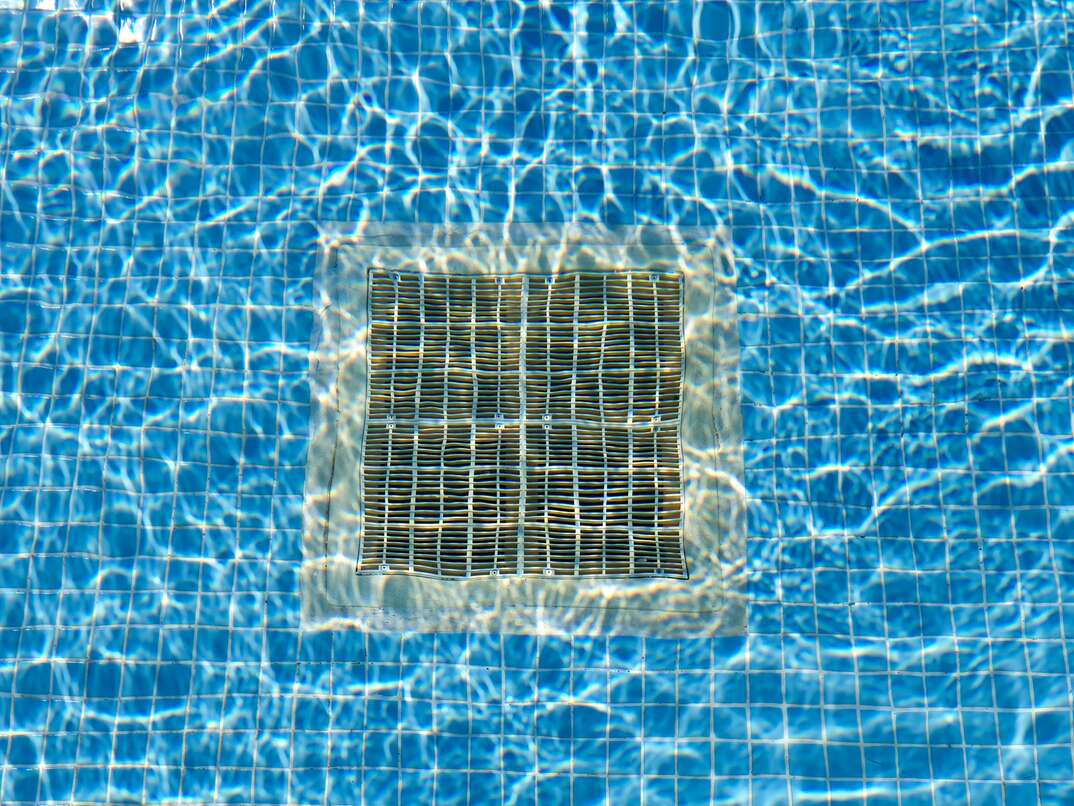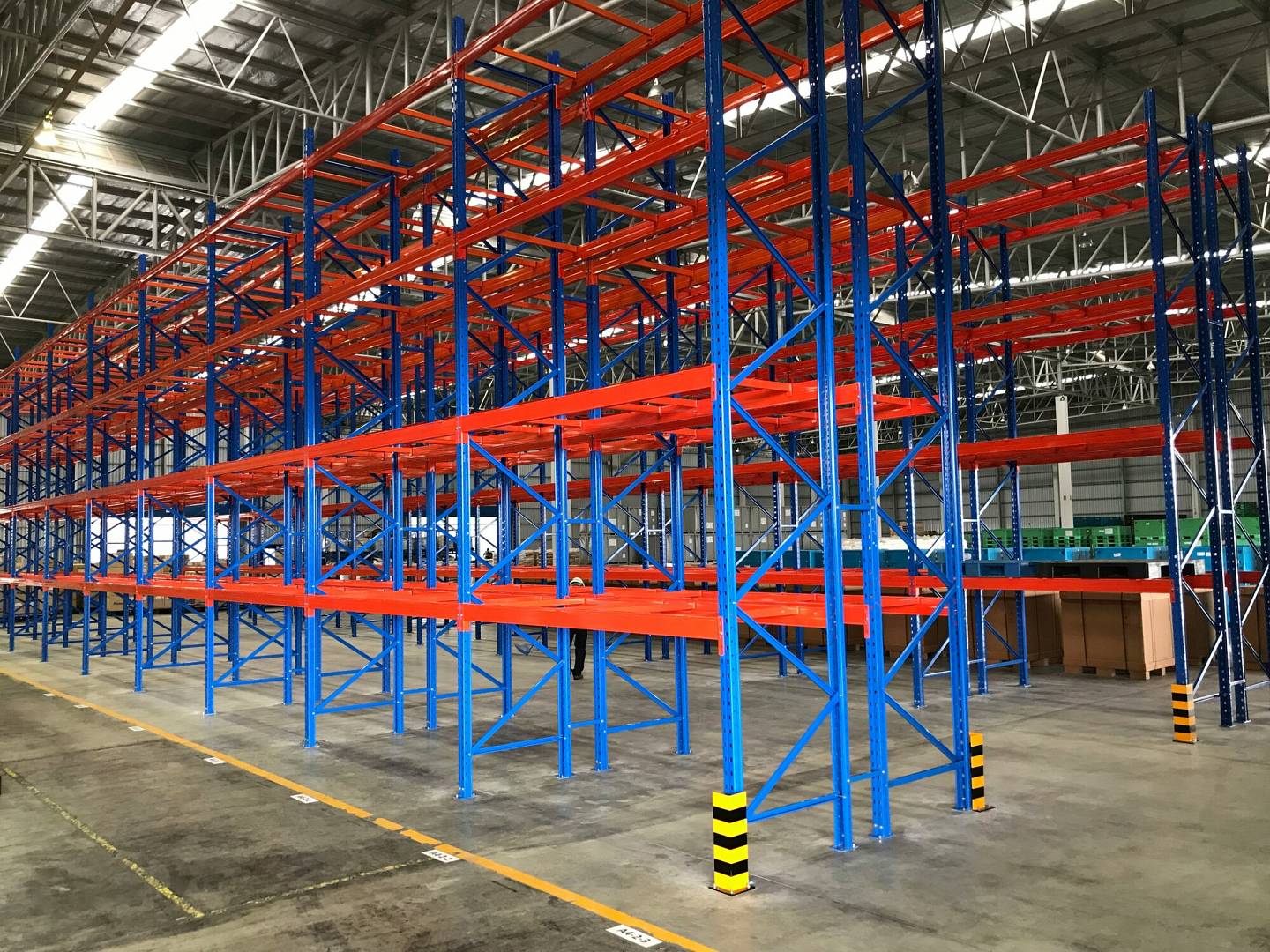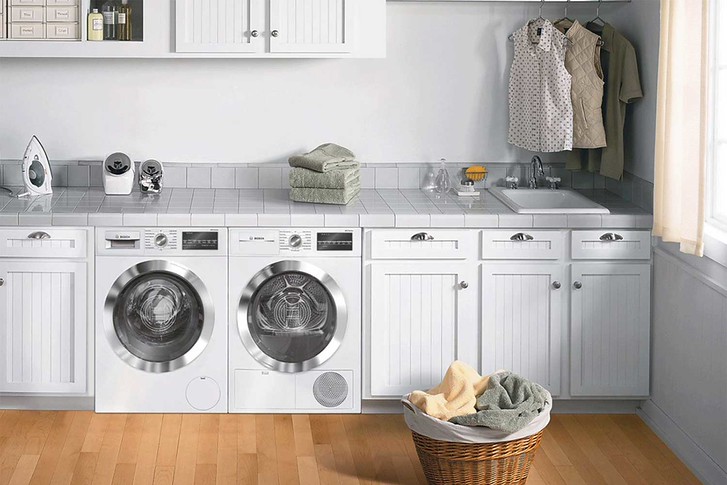Proper swimming pool drainage is essential for your home’s safety and longevity. If the water does not drain properly, it will overflow onto your property and cause damage to the house. This can also lead to mould and mildew growth in your pool area, which will affect its overall appearance and value.
To ensure proper swimming pool drainage, keep up with regular maintenance tasks such as cleaning filters and changing chemicals regularly.
Importance of proper swimming pool drainage
Proper swimming pool drainage is crucial to maintaining a clean, clear pool. Why? Because if the water doesn’t drain completely, it will sit in the bottom of your pool and cause several problems.
First off, stagnant water can become murky and cloudy over time as dirt and debris settle out of it. This makes it difficult to see clearly through your swimming pool–and even harder to swim in! Secondarily, stagnant pools often have an unpleasant smell because bacteria grow in them; this smell is also unpleasant for swimmers.
Finally, if there’s too much standing water left behind after draining operations have been completed then mold spores may begin growing on surfaces like tile grout lines between tiles or around faucet handles.
Pool deck and surface drainage issues
Pool deck and surface drainage issues can be one of the most frustrating problems for any homeowner. The importance of proper pool deck drainage cannot be overstated, as it will help prevent many other common swimming pool problems from occurring. If you have leaky or blocked drains Woking, water may collect on your deck and eventually cause damage to the surface itself. This can lead to mould growth and slippery surfaces that are unsafe for children or pets who might use the area regularly.
To check for pool deck drainage problems:
- Look at the skimmer line where it connects with your filter. If there’s standing water here, then something is preventing proper flow through this section of piping.
- Check around all drain openings near where people walk around; if they are blocked by leaves or other debris then they won’t be able to do their job properly either!
Structural drainage problems
Structural drainage problems are usually caused by one of the following:
- The pool or deck is sinking. If this is the case, the entire structure will need to be removed and rebuilt.
- The pool deck has been built on a slope that is too steep for proper drainage. This can be fixed by installing a French drain at each end of your property line with a pipe extending into your yard or by adding an in-ground sump pump system with pipes extending beyond your property line into public right-of-way areas.
Overview of potential drainage issues in pools
It’s important to know what can go wrong with pool drainage and how to fix it. Here are some of the most common problems:
Deck/surface drainage issues
If you have an above-ground pool, the surface may not drain properly due to cracks or holes in the top of your pool shell. In-ground pools, this problem is usually caused by cracks in a concrete base or surrounding soil, which can be fixed by patching them with concrete or mortar mix.
Structural drainage problems
If your house has been built on clay soil that expands when wet, water may seep into foundation walls as well as underground pipes. Both of these will lead to clogging as you try to pump out excess water from your pool’s filtration system after rainstorms or heavy use periods like summer weekends. To prevent this issue altogether, consider installing French drains around foundations instead. These underground pipes channel excess moisture away from buildings so they don’t get damaged over time due to excessive moisture.
Common drainage pool problems
Several common swimming pool drainage problems can occur. These include:
Clogged or blocked drains
The most common cause of pool drainage problems is a clogged or blocked drain. This can happen when leaves and other debris get into the system, causing it to become blocked and preventing water from flowing out of your pool.
- Cleaning out your filter baskets regularly will help prevent this problem, but if you’re using a cartridge filter then you should also make sure that there are no large pieces of debris stuck inside the cartridge itself before replacing it every few years.
- If you have an automatic vacuum cleaner installed on your pool pump then make sure that it’s working properly and not getting stuck in one position all the time.
Inadequate or insufficient drainage systems
As you can see, several things may cause your pool to overflow. If you’re having trouble with your drainage system, it’s important to make sure that it is adequate and functioning properly.
The first step in determining whether or not your pool has enough drainage is to check the slope of the surface around your pool wall. The ideal grade should be 1 inch per foot. If this amount isn’t met, then there is likely an issue with either too much water entering into one area or not enough being removed from another area of your yard. If this problem persists after making adjustments as described above, contact professional Woking drainage services who can help diagnose why there isn’t enough slope around the perimeter of your swimming hole and make recommendations for improving it further
Improper slope or grading
Improper slope or grading is one of the most common swimming pool drainage problems. The slope or grade of a pool deck refers to how much it slopes from end to end, and this can be either too flat or too steep. A flat surface will allow standing water to pool on your deck, whereas an excessively steep one will cause water to run off before it can get into the gutter system below.
Signs and symptoms of poor drainage issues
Signs and symptoms of poor drainage problems
Pool water not draining properly
If your pool water is not draining properly, it can be a sign of some serious problems. If you notice that your pool is draining at all or not draining at all, it could mean that there’s something wrong with the pump or filter. If you see that the water drains slowly or more quickly than usual, this could indicate a problem with either of these components as well.
If your filter isn’t working properly and causing debris to build up in the bottom of your pool, then this will prevent proper drainage and will cause damage if left unchecked for too long
Pool deck or surrounding areas flooding
If you have a pool and are experiencing water on the deck or surrounding areas, it is likely due to poor drainage. The best way to prevent this problem is by sloping away from your pool so that water flows into the yard rather than back toward it. If you do not have enough slope in your yard, consider installing an underground drain system or adding more landscaping around your pool area.
Preventive maintenance for pool drainage
Regular cleaning and maintenance
Regular cleaning and maintenance are key to keeping your pool water clean and clear. The frequency of cleaning will depend on how often you use the pool, as well as how much debris has been deposited into it. If you have a small backyard swimming pool, you may only need to clean it once a week or even less frequently. If you have an Olympic-sized swimming complex that sees lots of traffic every day, however, weekly cleaning might not be enough!
Regularly remove any leaves or other debris from around the edge of your swimming area using a net or leaf rake; this will prevent them from getting sucked into the pipes when they fall into the skimmer basket.
Proper landscaping and water flow management
Proper landscaping and water flow management are both critical to the health of your swimming pool.
Water flow management refers to the way that water flows into and out of your pool. If there are any areas where water is pooling or slowing down, you must fix this problem immediately to avoid any damage from algae growth or other debris build-up.
Landscaping should be done in such a way that there are no obstructions between where most people will walk around their backyard pools and where they’ll step into their backyard pools. You also want landscaping with plants that don’t require much maintenance so you can spend more time enjoying yourself outdoors rather than worrying about trimming hedges or pulling weeds!
In a nutshell
We hope this article has helped you understand the importance of proper pool drainage and the many potential issues that can arise.
Ready to ensure your pool’s longevity? Check out our website to see how we can help you with diverse drainage issues.











